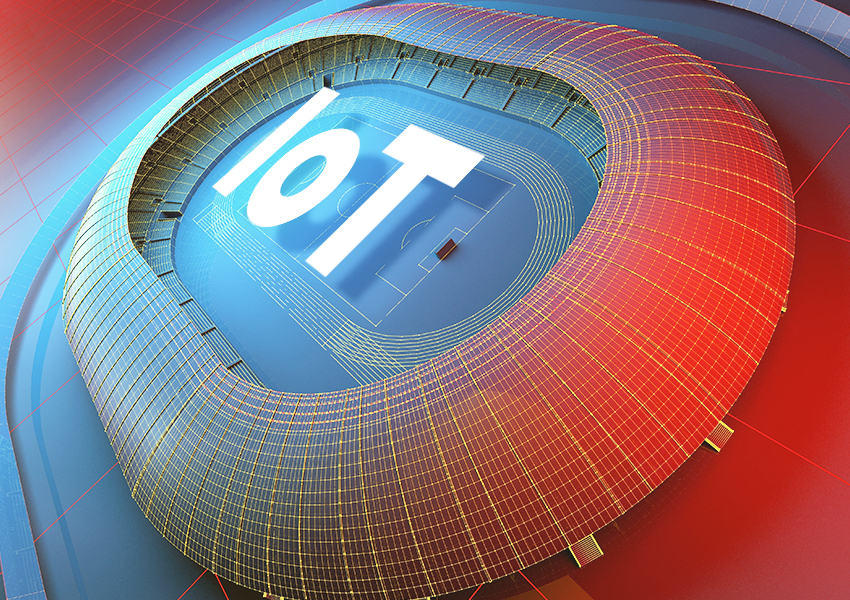While the world was following the Olympic Games and the Tokyo Paralympics with enthusiasm, we decided to explore how closely intertwined sport and the latest technology are. In what cases smart gadgets, sensors and networks help athletes achieve the best results – this article will discuss.
Team owners and sports leagues are interested in advancing IoT technology. In stadiums, IoT can be used to improve the fan experience with smart building technologies – maintaining a comfortable microclimate, tracking and redistributing flows of people to avoid queues, smart screens and lighting, and more. Plus, technology helps coaches and athletes do more.
For every athlete and coach, one of the most important priorities is the development and health of the player. Professional teams invest millions of dollars in their athletes, hoping to reach their full potential and prevent serious injury.
The use of IoT in player development can help in certain areas where an athlete needs to improve performance. With sensors that capture what the athlete is doing, they can collect performance metrics so athletes and coaches can analyze key areas for improvement. This also applies to the health of the player, as sensors can analyze which parts of the muscles are overworked or any potential weakness in the body.
There are many sports that IoT can fit into and help coaches and athletes achieve this efficiency, but each sport will require its own tailor-made technology.
Footballers always wear pads where you can add multiple sensors to collect data. There is a solution in which RFID tags are placed on players’ tablets that allow you to track speed, acceleration, mileage and distance from other players in real time.
Sensors on a rugby player’s helmet, for example, can easily alert medical personnel to any potential concussion and that a player has received multiple high-risk blows. There are even patches attached behind the ear that are more accurate than the sensors on the helmet.
Basketball is also an ideal sport for IoT integration as it relies more and more on analysis of shooting performance data. The Internet of Things can help players and coaches get real-time feedback on how a player is playing, or data for analysis at the end of a training session or game.
Fitted sportswear with sensors will allow the athlete to see how muscles are working and check their overall fitness. These sensors can track heart rate and respiration rate to pinpoint when athletes can perform at their highest peaks. These sensors can also help athletes pinpoint which muscles they are using for strength training and not overload themselves.
While these impressive technologies are being introduced into sports, these are just a few of the potential help they can provide to athletes and coaches. Ultimately, sooner or later, there will be an AI that will be able to assess the player’s play style, statistics and other types of data that can accurately predict if a player is suitable for a team or if the AI will simply give feedback to the player about what he needs.
Given the immense popularity of mainstream sports, and the time and money invested in players, it is certain that we will soon see more widespread use of IoT technology among athletes.
In this digital age, several large LED screens and Wi-Fi are essential in any stadium. But along with such advances, the introduction of the Internet of Things in sports will lead to the use of IoT sensors for preventive maintenance of stadiums. The stadium can be equipped with sensors to monitor the status of various heating, ventilation and electronics systems. Connecting such systems to a centralized interface will notify interested parties of any defects or repairs. In addition, IoT sensors can help track energy and water consumption, helping to conserve resources.
Additionally, installing parking beacons can help sports enthusiasts find free parking spaces. In addition, IoT sensors can provide pre- and post-game traffic updates that can be used to manage traffic outside the stadium. IoT-enabled CCTV cameras with facial recognition will also bring higher security standards to the stadium.
